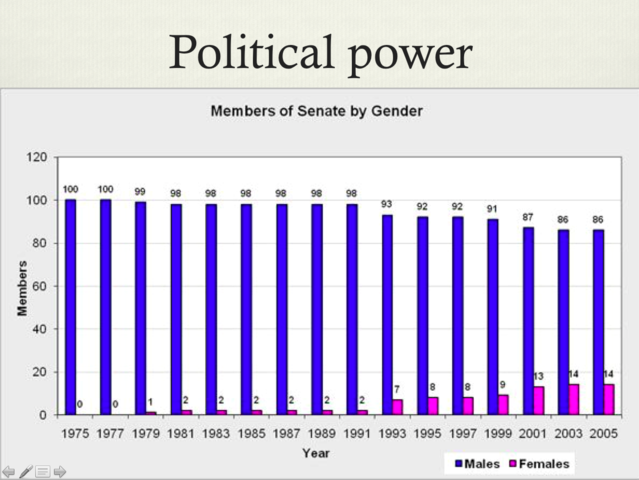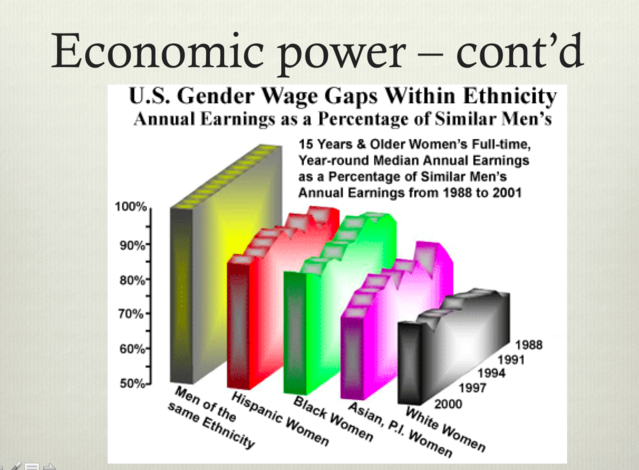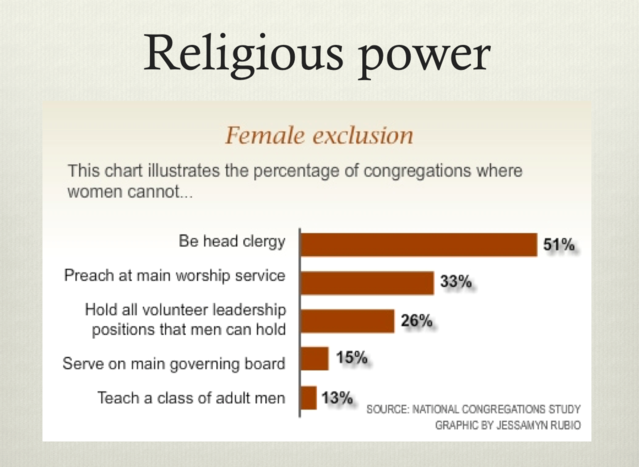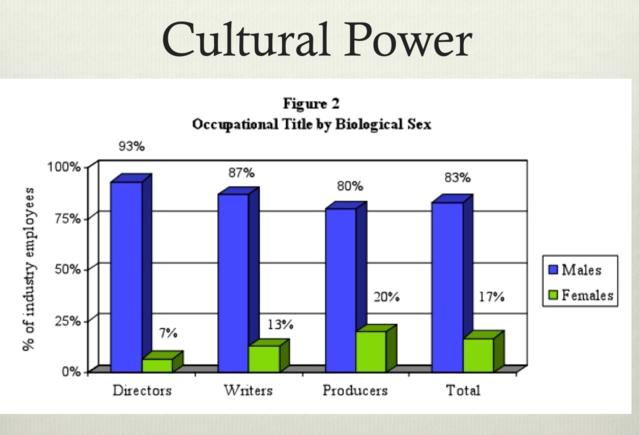This month I learned that a controversial speaker was scheduled to come to my university’s campus. He often insults feminism and derides the concept of patriarchy—ideas that are central to much of my writing in this blog. So, I decided to use this space to clarify for readers what patriarchy is and how it impacts the field of education.
This person is infamous for being an Internet troll and was banned from Twitter for his harassment of women and people of color on that platform. As a result, his invitation generated a lot of discussion on our campus, so I started to do a bit of research on him. In his last speech at a university, he spent much of the talk complaining about universities ‘stifling free speech on campus’ by charging security fees for his talks due to the large crowd of protestors that he typically draws. He then proceeded to spend most of his talk insulting feminists. He said,
“Tonight we’re going to do what feminists are not willing or able to do. We’re going to define the Patriarchy.
You see, feminists don’t really like to define the Patriarchy. They prefer to keep it nebulous and amorphous, so they can conveniently blame it for everything that goes wrong in their lives. Not being paid enough? Patriarchy! Not getting a promotion? Patriarchy!
Too many catcalls? Patriarchy!
Too few catcalls? Patriarchy!
The air conditioning is too high? Patriarchy!
Eggplant emojis? Patriarchy!”
It is clear that this speaker, and many others who applaud such statements, have never taken a Women and Gender Studies (WGS) course, nor have they had the opportunity to engage thoughtfully with the theories and research presented by feminist scholars. He goes on to claim,
“Firstly, feminists like most academic charlatans like to use lots of big long words like “intersectional” and “systemic” to make themselves seem clever without doing any real science. They think this hides the fact that they aren’t actually saying anything. It works with grant applications, but it isn’t working on the general public. Sorry ladies!”
First, let’s use some science to define patriarchy. In Shaw & Lee’s (2012) textbook, Women’s Voices: Feminist Visions (5th edition), they define patriarchy as a “social (political, economic, religious, cultural) system where men have power over women (pg. 5).” This definition is based on the gender binary, so being a poststructural feminist, I would revise it to read: “a social system where men have power over all other genders.”
Let’s look at some evidence of how men in U.S. society have power politically:

and some evidence of how men have power economically:


and some evidence of how men have power religiously:

and some evidence of how men have power culturally in Hollywood (see image below) and major news outlets:

Even on university campuses, where WGS programs and feminist scholarship lives, patriarchy is still evident in the distribution of faculty at higher ranks (full professor) and those in lower and part-time instructor positions (adjuncts) (ACE, 2013). Notice how on each of these charts transgender individuals do not even exist, which demonstrates how invisible and marginalized they are in the patriarchy. These are all slides from week 1 of the Introduction to Women and Gender Studies course I used to teach. I was very careful to use evidence to support my assertions to help students understand this new and challenging concept.
Rather than engaging in thoughtful debate with feminists or providing evidence to support his viewpoint, the speaker proclaims,
“Of course, the reason why a few women still turn to feminism isn’t hard to understand. Just look at your own university’s gender studies professors!
[SLIDE: Faculty Photos]
Can anyone guess why these women might have grown into bitter, resentful middle aged man-haters?”
Ironically, he uses weapons of patriarchy: sexism and homophobia, instead of scientific evidence, as his rhetorical strategy. He insults their appearance and implies that the reason they are feminists is because they are not heterosexually desirable and have become “man-haters”. Not all lesbians are feminists, and not all feminists are lesbians, however this strategy is one that has been used for a very long time to drive people away from feminism by using homophobia. The ‘threat’ of being perceived as gay is enough for many to distance themselves from feminism and other human rights issues related to gender and sexuality. He then goes on to use another weapon of patriarchy, sizeism, to imply that feminists are fat by arguing,
“Considering the weight of many feminists, it’s good they have a metaphorical crutch because the real kind won’t support their weight much longer.”
Another way to understand how patriarchy works is to use Marilyn Frye’s metaphor of the birdcage: a single element of patriarchy, such as the pay gap (a single wire in the cage), alone would not be enough to restrict the opportunities of women and transgender people. When we look at a single element it is easier to discount how it may impact someone’s life. However, when seen together with other elements of patriarchy and the related oppressions of colonialism, racism, xenophobia, classism, etc. the cage comes into full view.
So how does patriarchy impact education? There have been many books and articles written about gender disparities in schooling, but I will summarize a few examples here – each one can be seen as a wire in the birdcage that limits the educational opportunities of many students in our schools and institutions of higher education:
- Teachers are underpaid because the profession was designed for women. The entire public education system was built around the idea of paying teachers very little because women aren’t expected to support a family with their income.
- Girls and women are underrepresented in STEM due to low expectations in lower grades, sexist advising steering them away from challenging courses in high school and college, and hostile work environments in labs and graduate programs.
- Sexual and homophobic harassment are prevalent in schools and often tolerated because they are accepted parts of patriarchal cultures.
- Boys and men are underrepresented in the visual and performing arts due associations with femininity and homosexuality.
- Transgender students experience extreme amounts of harassment and violence in schools due to people refusing to affirm or recognize their gender identity.
- Title IX was developed in 1972 to reduce to discrimination on the basis of sex in educational institutions, and there continue to be many court cases addressing these inequalities documented on the Title IX blog.
Although I wrote much of this blog as a result of the lack of understanding presented by one individual who has a very loud megaphone, I hope some of the information presented here may be of use to others interested in learning more about patriarchy and finding evidence of the ways in which is has systematically privileged men and limited opportunities for women and transgender people in education, and society as a whole.
Finally, I firmly believe in First Amendment rights and that universities should be a place for the free exchange of ideas. However, I don’t believe that public institutions should spend state resources providing a platform for uniformed media personalities to amplify viewpoints that will undermine other long-term campus efforts to promote safety, diversity, and inclusion for ALL members of a campus or school community. I value education too much to support self-proclaimed internet trolls coming to undermine the values of the campus community many of us have worked very hard to create.




